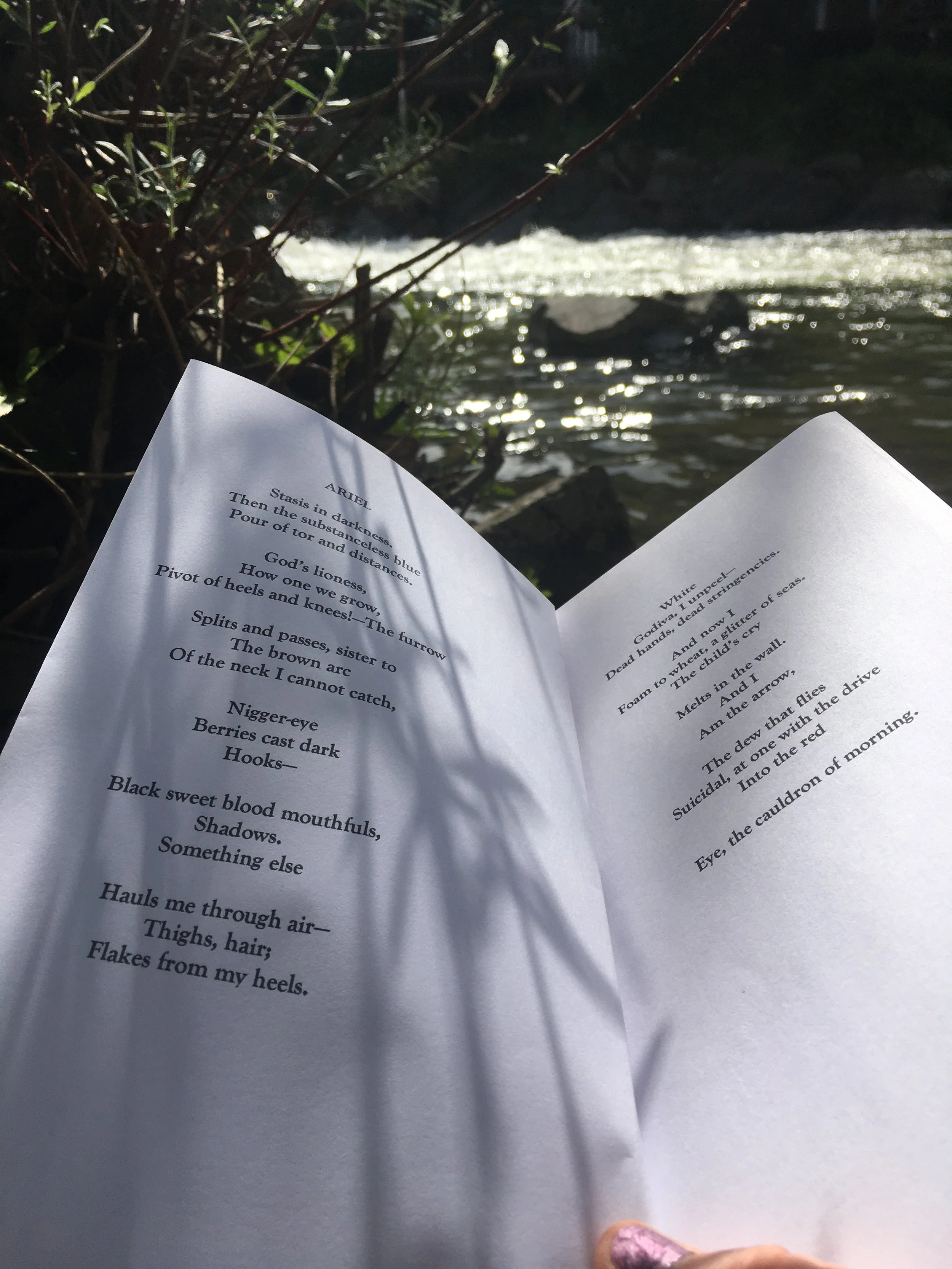A Writing Ritual: Allison Symes
/Highlights are important. I can paper walls of my house with rejection slips.
It has taken me years to find my voice. I started having acceptances when I didn’t try to fit my quirky fiction into boxes it didn’t want to go into to try to get published. It was finding a publisher that took quirky fiction which led to my breakthrough but I needed to adjust my mindset first. Another help has been accepting I am “in” writing for the long haul and knowing everyone has rejections.
There are days when the words don’t flow as nicely as I’d wish. I call it being human (!) but if I’m stuck on fiction, I switch to blogging. If I’m stuck on a blog post, I switch to fiction. Usually the issue that has bugged me is resolved as I write about something else. I found this annoying at first. You just get into a piece of writing and then ideas for something else turn up. These days I have a notebook ready!
My writing ritual starts with writing a Facebook post for my author page and/or book page. I then work on my current CFT post. I write by “session” divided into segments. I finish my writing session with fiction as I find not having to stick to facts liberating!
I’m in transition as there is a lot of writing I’d like to do and I need more time so I am planning to become as full time a writer as possible. Until recently I’ve thought of myself as a part time writer. Not anymore! I’m a writer, full stop. I am working out which rituals to retain and which to drop or change. It will be an interesting process.
I specialise in 100-word-tales, which are on-line at Cafelit. In 2017 my first collection, From Light to Dark and Back Again, was published by indie press, Chapeltown Books. This is easily the highest point of my writing life. I now have an author page on Cafelit (another lovely highlight).
http://cafelit.co.uk/index.php/meet-our-authors/2-uncategorised/99-allison-symes
http://chandlersfordtoday.co.uk/author/allison-symes/













We unpeel those layers that have attached themselves over time, by finding word portals back to a freshness of thought and expression.